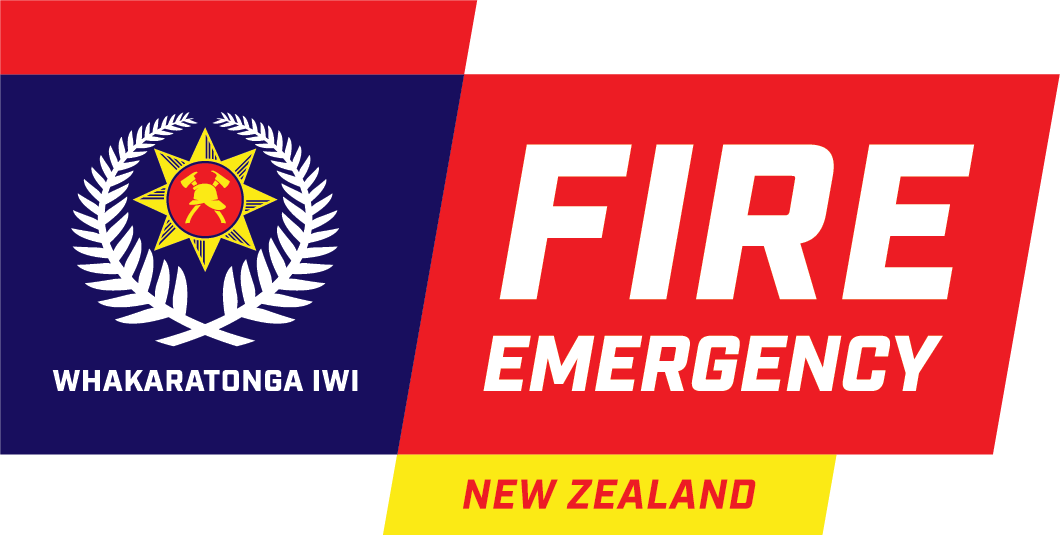Fire and Emergency is in a strong financial position
Fire and Emergency’s 2020/21 Annual Report highlights the organisation is in a healthy financial position.
We recorded a $36.75 million surplus last financial year against a budgeted surplus of $6.7 million. The main reason for the increased surplus were the actions taken to reduce expenditure when we expected levy to be reduced as a result of COVID-19.
Deputy Chief Executive Finance and Business Operations, Darryl Purdy says we did see some reduction in levy intakes.
“After an initial drop, the levy fluctuated from month to month but stabilised as the year continued. However, costs savings in expenditure remained, resulting in the increased surplus.”
We also ended the year with a cash balance of $150 million. The cash balance is required for operational purposes, to respond to significant unplanned incidents and to pay for necessary and planned station, fleet and information technology replacement and upgrade projects.
Most of our funding for the 2020/21 financial year was through the Fire and Emergency levy, which comes from insurances ($607 million), and just under $26 million was received from other revenue and interest.
“The last year has been a challenging period for Fire and Emergency.
“There was no play book or model based on past experience to work from so we needed to monitor all factors closely and respond quickly. We asked a lot of our people to do this and we were really impressed with how they responded.
“We had to predict the potential impacts of COVID-19 on levy revenue, manage supply chain issues and navigate a booming construction sector. All while working to maintain and improve our nation’s response capabilities and look after all our people,” Darryl says.
“Long-duration events like the Tasman wildfire (2019) can cost us up to $20 million dollars. A strong cash position is vital so we can always be financially ready for the next big one.”
“In fact, as we continue to see the effects of climate change, we are going to have to manage more large-scale wildfire events, and it is important to have the cash reserves needed to potentially fund several of these events each season,” he says.
Darryl says there is also significant spending planned for the next three to five years. For example, projects across our fleet, technology, equipment and property portfolios. We have money earmarked for our new gas detectors and appliances to be delivered throughout the country, as well as station upgrades, rebuilds and seismic work to be completed.
You can view the full Annual Report 2021/2 here. (external link)
